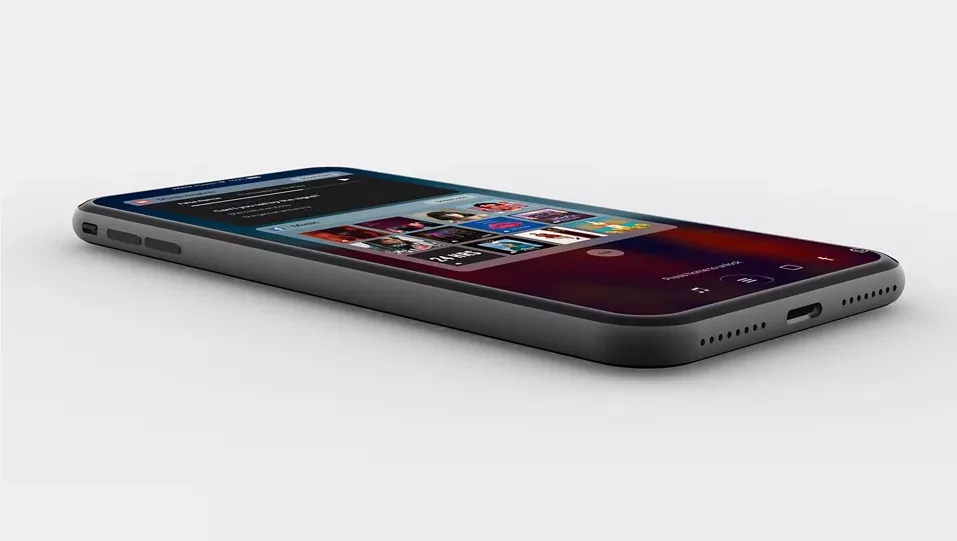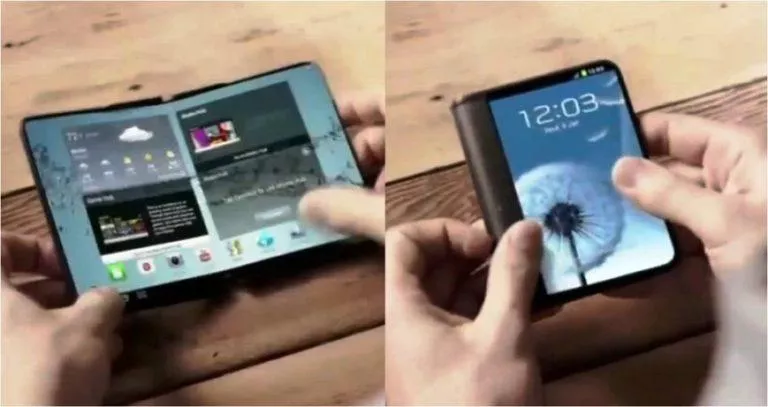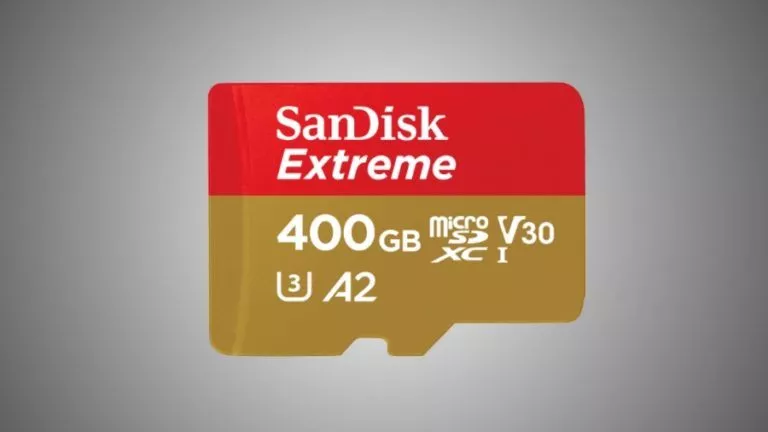Why Is The iPhone 8 Going To Be Expensive? It’s Less To Do With Apple’s Margins And More To Do With Components

Point being, this phone is going to be an expensive one; more expensive than the highest storage version of the iPhone 7 Plus but why is that so? Why is Apple being compelled to take so much money from you guys in exchange for a portable computing device? Well, Apple likes to maintain a high-profit margin from its products, but this time, things are going to be a little different.
Samsung and other Korean manufacturers are responsible for this sudden shift in price
Apple has partnered with several Korean manufacturers that will deliver the components necessary to have all the functionalities taking place in the iPhone 8. One of the biggest changes coming to the phone will be a transition to OLED display technology. For as long as we can remember, Apple has always relied on IPS LCD tech for its devices but 2017 will have something different to offer.
Apple has employed the services of Samsung to provide it with the OLED screen it needs to be present on the iPhone 8. With Samsung possessing a 97 percent market over OLED production for smartphones, the company has the resources and production facilities necessary to fulfill Apple’s demands. However, this is where things become challenging for the company.
Apple has a habit of relying on more than one supplier for a specific component. For example, the iPhones’ LTE chips are supplied by both Intel and Qualcomm and having more than one supplier means that Apple can negotiate a cheaper price for these components, which will eventually contribute to the company getting more margins per iPhone sold.
Unfortunately, Apple only has Samsung to rely on for the OLED screen, and according to a well known analyst by the name of Ming-Chi Kuo, the Korean manufacturer is charging between $120 to $130 per display component, putting the iPhone manufacturer in a very tough spot.
Since Samsung can manufacture and supply such panels in large quantities and maintain a very high-quality standard of components, Apple needs to compensate Samsung by paying extra for this display.
Naturally, Apple wants more suppliers to gain better rates for this display component, but with LG Display and Japan Display being its only two other options, the tech company has no choice but to rely on Samsung for now.
LG Display and Japan Display currently don’t possess the machinery and resources necessary to produce an adequate number of display units for future mobile phones.
They will naturally be introduced to the production team later, but with analysts saying that they might come in 2019, Apple might have to charge a premium for future iPhones too.
Other components from Korean manufacturers include NAND flash (supplied by Samsung and SK Hynix), followed by dual-camera lens modules (LG Innotek) and 10nm FinFET chipsets (TSMC).
All of these are collectively responsible for exponentially increasing the price of the phone.
But wait, there’s more to the story
Apple is betting huge on augmented reality with the release of the iPhone 8. The phone is expected to come with a 3D sensing module, a component that has never been found on any iPhone before.
Apart from giving the handset ability to provide facial recognition security to the user, depth-sensing and other AR-related features will be added, and app developers can start taking advantage of this technology and add a multitude of features on their apps.
The 3D sensing module is also expected to drive the price of the iPhone 8. With a UBS analyst stating that the dual-lens module and 3D sensing technology will force Apple to raise the price higher, so it is able to maintain the same profit margins as it did with the release of the iPhone 7 and iPhone 7 Plus.
These analysts also state that the price of the phone is expected to start from $900, though other rumors claim the price will begin from $1,000, putting the iPhone 8 out of pricing competition with the Galaxy Note 8. We believe that the $900 figure is a more accurate since Apple will not provide any free accessories with the purchase of the phone.
Remember, the iPhone 8 will also provide support for wireless charging, but with Apple selling the accessory separately and with no headphone jack present, a customer will have to pay upwards of $1,000 just to get a phone working with various accessories.
Our guess is that the starting price of the phone will be $900, and it will be available in a total of two storage models; a 64GB and a 256GB one.
At the end of the day, Apple will still be charging a premium for every iPhone 8 purchase, but putting more financial pressure on the customer to spend more is the result of Korean manufacturers such as Samsung charging a huge sum for their components.
If you have something to add, drop your thoughts and feedback.






